Are you a consumer of solar energy or thinking to start using? This list will help you understand the most important solar buzzwords in the solar energy industry. Let’s get into the top solar terms and definitions.
With the continued adaption to the use of renewable and cleaner energy, it prudent to have information, as well as understand some of the used terms.
In the solar energy industry, there are many terms that not many people know about and which may be confusing. Therefore, in this piece, we will delve deeper into the meanings of the various solar terms to understand them better.
When you have full knowledge of what the various terms stand for, it will be easy for you to understand the dynamics of this sector.
This article will help explain some solar vocabulary words to make the concept easy for you.
31 Top Solar Terms You Need to Know
Let’s get into our list of the most important solar terms and definitions you need to know.
-
Alternative Energy
The first term in the solar panel vocabulary words is alternative energy. The term is used to stand for the energy that comes from sources that bring minimal or no harmful causes to the environment. The sources for this kind of energy are usually natural and renewable.
They include solar energy, wind, geothermal, biomass, and hydro electrical energy sources. The use of various alternative sources helps to reduce the use of energy from finite sources such as fossil fuels.
-
Balance of System (BOS)
A solar system is made up of much more than solar panels. The term BOS (balance of system) stands for all the other components of a solar system besides the panels.
These include the wiring, inverters, monitoring system, and all the hardware.
-
Kilowatt-hour (kWh)
Another crucial term in the solar dictionary is kWh (kilowatt-hour). This is the standard unit for measuring electrical power.
When billing customers are billed using kWh. The term is used to refer to the measure of power that is used to run a certain device for one hour.
-
Electrical/Electric/Utility Grid
An electrical, electric or utility grid, is a series of an interconnected network which helps deliver electricity t to the final consumer, from the producers.
The network comprises of various components, such as:
- Power stations that produce the electricity
- Electrical substations responsible for stepping up the voltage for transmission, or stepping it down for distribution
- High-voltage transmission lines which transport power from its sources to the demand-centers
- Distribution lines for connecting individual customers
-
Energy Audit
An energy audit is a process in which the homeowner assesses the amount of power that their home or business requires or uses. The process can also incorporate various ways they can use to make their buildings more energy-efficient.
In the long run, it will help save the user a considerable amount of money and energy. An energy audit is a great way to conserve energy.
-
Grid-Connected System
This is a solar system that connects to an electrical grid. People who reside in areas with minimum sunlight, or cannot independently support their full power needs through their solar system can join the grid.
A connection to the grid helps to balance the power and ensure that you don’t lack power at hour home. If you want to install a grid-connected solar system, you should first get in touch with your local utility company.
-
Ground-Mounted Solar
Ground-mounted solar is an array of solar panels which are installed on the ground or land. This method of solar panels mounting is done for utility-scale and large-scale solar projects.
These include large power plants that produce solar power for a large number of households and businesses. You will likely need to know the proper angle of your solar panel to get the maximum production from your project.
-
Interconnection Agreement
This is the contract entered into, between the local utility company and the homeowner. The contract is meant to allow the homeowner to access the power grid by linking it to their solar system.
With this contract, some regions allow the homeowner to receive a credit on their power bill because of any electricity power surplus their individual systems generate. They do this through net metering.
-
Inverter
When looking at the buzz words for solar energy, an inverter must always appear. An inverter in a solar power system is the part of the system that converts the direct current (DC) that the solar panels generate, into alternating current (AC). Read more about the definition of DC coupling.
An inverter is essential for transforming the DC into a home and business, user-friendly current. In addition, the inverters provide multiple levels of monitoring, long-term savings, and system efficiencies, among others. These are some of the best solar inverters to consider.
-
Micro-inverter
While an inverter converts the DC power of several solar panels into AC, a micro-inverter converts the DC power from one solar module. It is a plug-and-play gadget, we use in solar PVs to transform the DC of a single panel, to the AC power.
-
Mounting Hardware
In mounting a solar panel to the roof or anywhere else, these are various equipment that one requires. The equipment that you need to securely attach your solar panels to the rooftops or to trackers are what we refer to as mounting hardware.
Manufactures mostly use lightweight aluminum frames which are weather-resistant, to make this equipment.
-
Net Metering
Net metering is the process of balancing power. When a solar system that is tied to the grid generates extra energy than the owner requires, the surplus is sent to the grid for redistribution.
On the other hand, at night when the homeowner needs more power, the grid offers conventionally generated power to the customer. Currently, around forty-four states offer net metering services or something similar.
-
Photovoltaic (PV)
Photovoltaic (PV) is a technology that helps to convert sunlight light into electrical power using semiconducting materials that absorb electrons from the sun. A photovoltaic system makes use of solar panels to generate solar power.
Each solar module comprises of multiple solar cells which are responsible for the electrical power generation. Photovoltaics installations can either be on the ground, walls, rooftops or floating.
-
O&M (Operations And Maintenance)
These are the continuing operational requirements of a solar power system. They may include repairs, cleaning, bill management, and replacement of parts, among others. Principally, the term is used in the utility-scale and larger-scale commercial solar systems.
-
Peak Sun Hours
The peak hours refer to the quality of the sunlight the solar panels absorb, rather than the length of time the panels are exposed to daylight. They are the hours of the day, which the sunlight intensity is 1,000 watts for every square meter.
-
Renewable Energy
When we talk about renewable energy, it refers to the kind of energy that comes from sources that occur naturally, and that renew themselves continually. These renewable sources of energy include wind, sun, tidal, and geothermal heat.
-
Solar Power
Solar power is the electricity that comes from harnessing the energy from the sun. The power is generated directly using solar panels, which collects the energy from the sun and converts it into electricity.
The conversion of sunlight to electricity can also occur indirectly through concentrated solar power or a combination of the two methods.
-
Solar Array
The term array means a collection of items. In solar energy, a solar panel is made up of a collection of cells, which together form the panel. Since an array is a collection, in the solar power industry, it means multiple solar panels connected to harvest the solar energy from the sun.
With many solar panels, you are able to generate more solar power to cater to your needs. However, the amount of power is also dependent on the efficiency level of the solar panels.
-
Solar Efficiency
In solar energy, the term efficiency means the percentage of sunlight that the panels convert into electricity out of the amount of sunlight they receive. The efficiency of most solar panels in the current market ranges from 15% to 24%.
-
Smart Grid
Smart grids are a category of power grids which uses digital technology to monitor and control them. The technology regulates the flow of electrical energy between the power provider and the customers.
The use of smart grids helps to enhance efficiency, as well as too better manage the power flow.
-
Solar Cell
This is a solar terminology that stands for a single unit that captures light in a photovoltaic solar panel. They are the devices that capture and convert sunlight into electricity through a photovoltaic effect.
The process is both a chemical and physical phenomenon. The cells usually consist of silicon semiconductors with a positive and negative layer which creates an electric field.
See Related: Should You Buy or Lease Your Solar Panels?
-
Solar Dealer
This is a company that sells solar equipment to the customers, such as homeowners, as well as businesses. Most of these companies will sell solar products either from one manufacturer or a multiple of them.
In addition, some of them offer installation services, as well as maintenance services.
-
Solar Batteries/Storage
The solar storage or battery is a system of high-capacity rechargeable battery banks that helps to store surplus energy that the solar panels produce. The batteries ensure that you continue to enjoy power even after nightfall or when sunlight is unavailable.
Batteries suitable for the solar industry incorporate technologies such as lead-acid, flow, or lithium-ion batteries.
-
Solar Canopies
When you install solar arrays that tower above the ground, they form structures that leave the underneath land usable. They create shades that can act as car parks, among other purposes. These shades are what we refer to as solar canopies.
-
Solar Installer
When you want to install a solar system, there must be an expert with skills on how to undertake the process. The specialist or company that offers the installation services is the one we refer to as the solar installer.
-
Solar Panel Contractors
These are individuals or companies that plan and direct the installation projects of solar systems. Contractors manage the work crew in a project, and also pulls permits and in most cases, drives sales.
-
Solar Monitoring
Monitoring is the process where software is used to track or manage the solar system’s activities. These activities will include power production, usage, carbon offsets, and more.
You can access a solar monitoring system through your home computer, smartphone, or even a remote operations center.
-
Solar Panel Or Module
A solar panel is a device that consists of multiple solar cells that connect to form a circuit. Its whole purpose is to absorb sunlight to generate power. It is a single photovoltaic device that comprises an assembly of linked solar cells.
Every photovoltaic cell is usually a sandwich that comprises of two pieces of semiconductors. The material that makes up a solar module is, in most cases, silicon.
-
Solar Panel Cleaning
This is the process whereby you remove any build-up materials that may accumulate on top of the solar panels. The natural weather elements like rain can clean up the solar panels, but in some other cases, you have to do it manually as the debris reduces the efficiency of the panels.
You can clean the panels by spraying them with a horse pipe early in the morning when they are cool, or wipe them gently with a sponge. Better still, you can employ an expert to clean the solar panels for you.
-
Solar Power Plant
A solar power plant is a vast solar array whose purpose is to generate solar energy for large commercial and utility use.
If you are considering purchasing or renting a house near such solar facility, check our post about the pros and cons of living next to a solar farm.
-
Thin-Film Solar
This is a different method of building solar panels that are lightweight and flexible. The thin-film solar technology is different from the traditional ones, which are bulky and inflexible.
The new method also helps to increase the capability of the solar panels to harness solar power. They are also cheaper if you compare them to the traditional solar modules.
See Related: Monocrystalline vs Polycrystalline
Conclusion On Solar Terms
If you are about to install a solar energy system, or you already have it in your home, its essential to understand related terms. And although there are even more terms in the solar industry, I believe this list of solar terms covers all the fundamental ones for you.
Have you had any challenges with some solar power industry words? Share with us in our comments area.
Related Resources
- How Solar Panels Work In Various Weather Conditions (An Analysis)
- Solar Farm Land Requirements: How Much Land Do You Need?
- How Community Solar Works: A Pros And Cons Analysis
Green Coast is a renewable energy community that solely focus on helping people better understand renewable energy technologies and the environment.
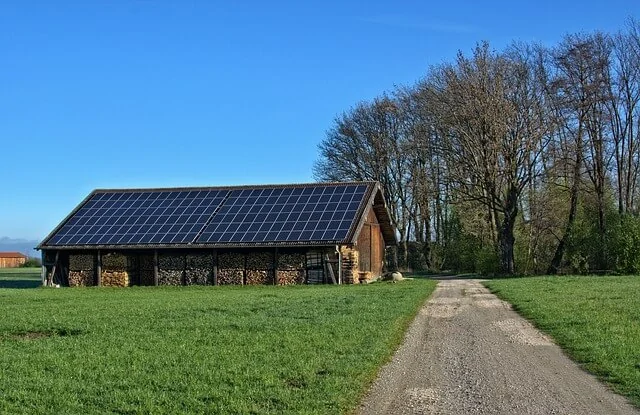
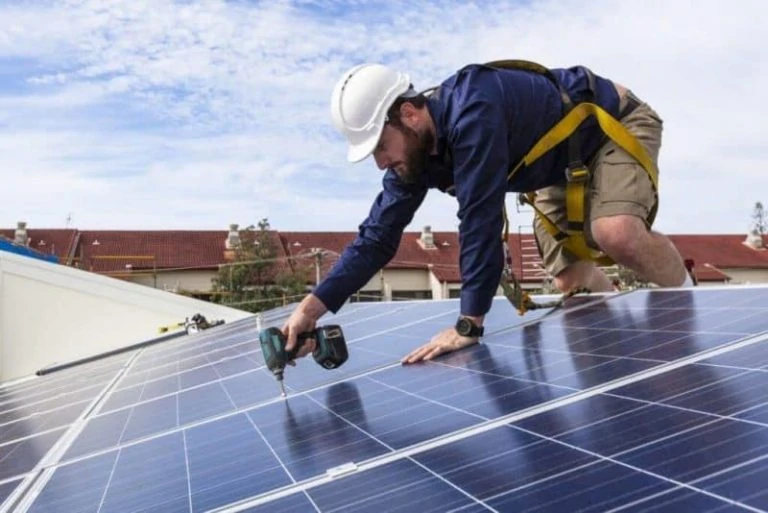

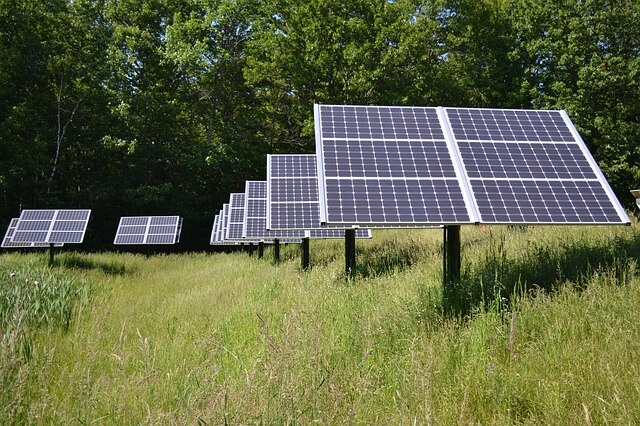


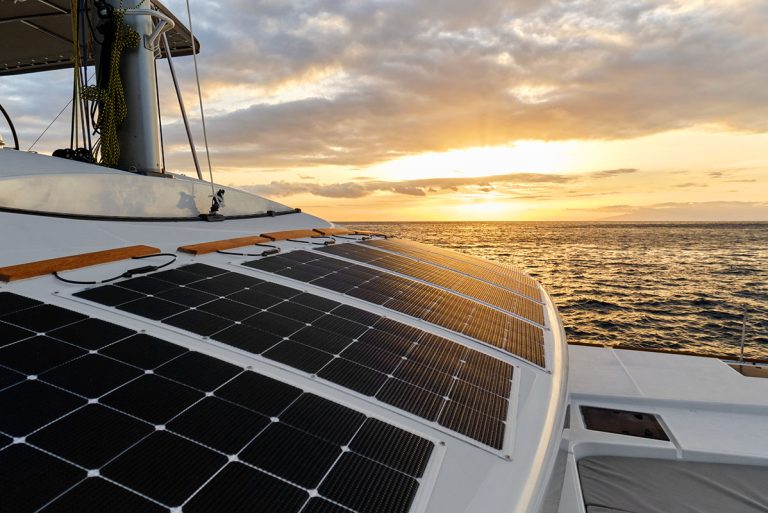

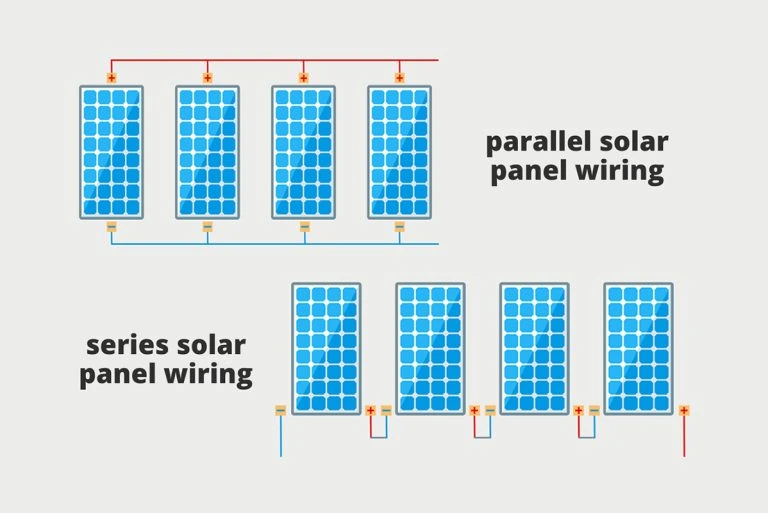


![Eco-Worthy Solar Panel Review 2024 [Includes Buyer’s Guide]](https://greencoast.org/wp-content/uploads/2019/02/Eco-Worthy-Review-and-Buying-Guide-e1574180788859.jpg)
